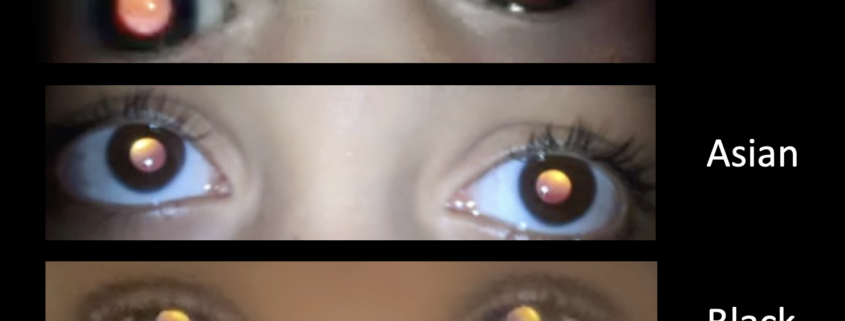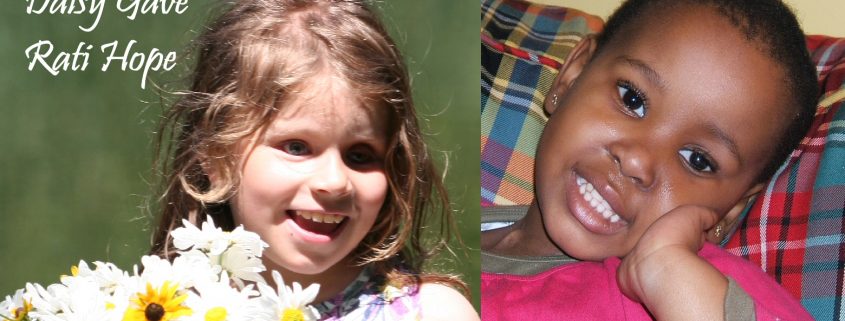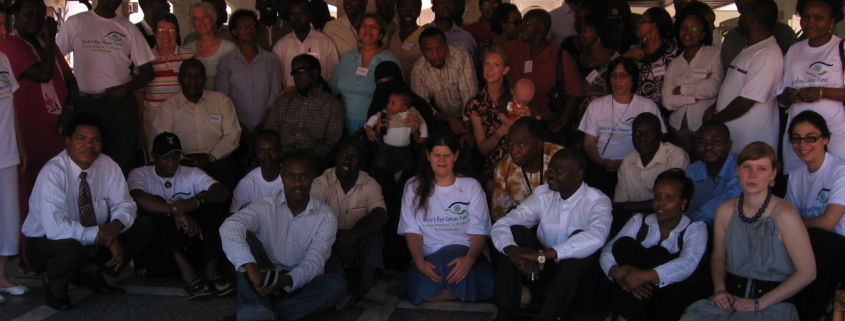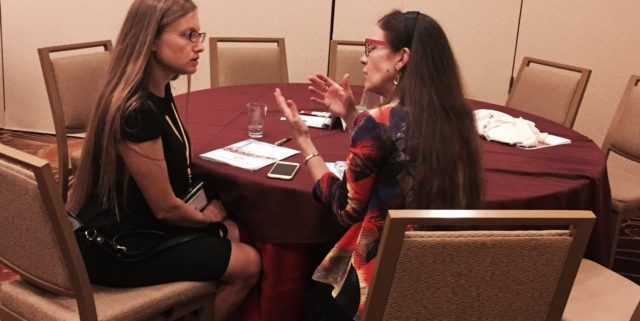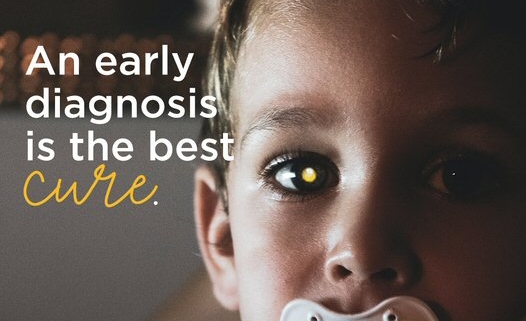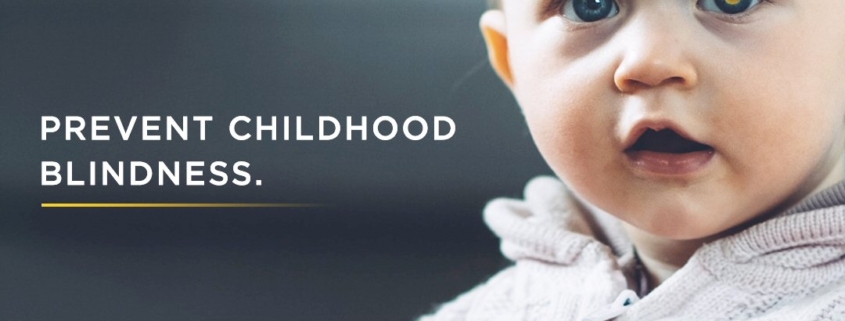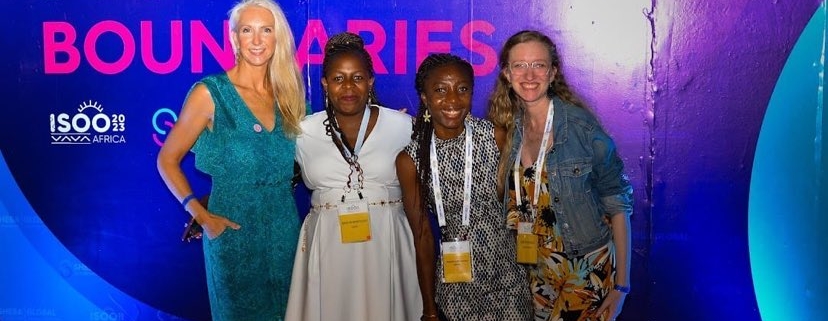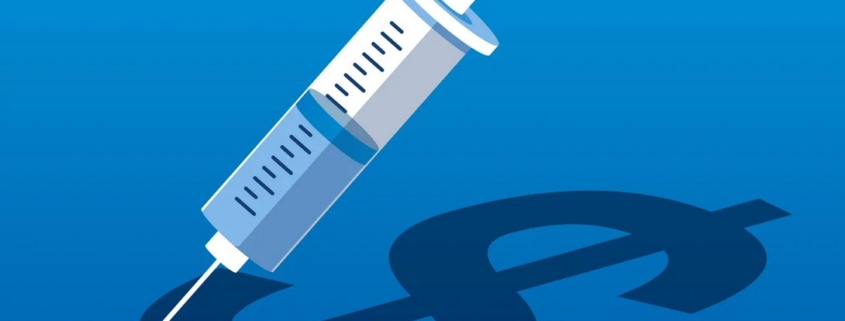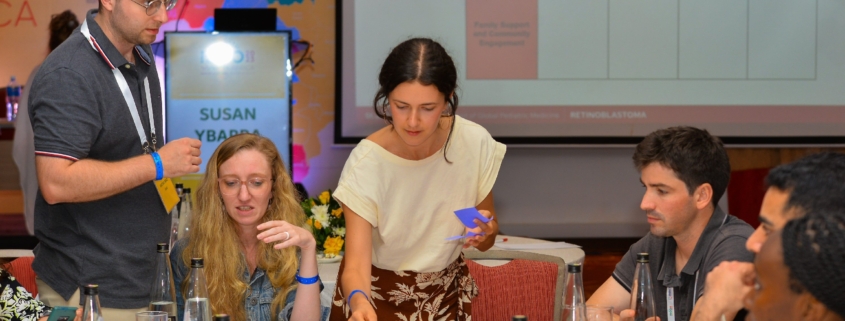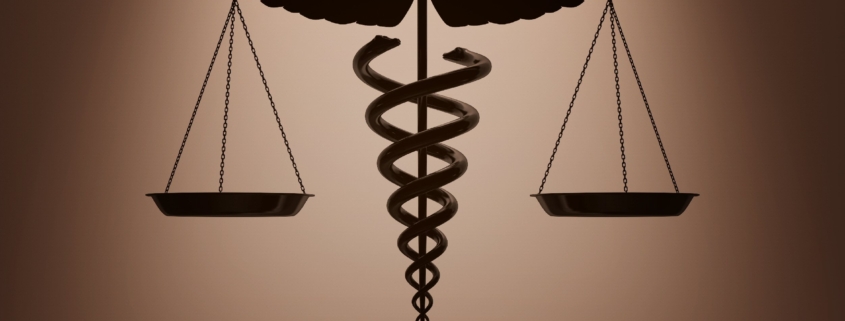The Arclight and Fundal Reflex Test: Shining the Light on Retinoblastoma
Screening children’s eyes with the Fundal “Red” Reflex is key to early detection of retinoblastoma, but until recently, it was difficult to deliver in many countries. Dr Andrew Blaikie, ophthalmologist and clinical lead for the Arclight Project at the University of St Andrews, describes the importance of this simple exam, and how the Arclight improves eye health access and outcomes for children with eye cancer around the world.

